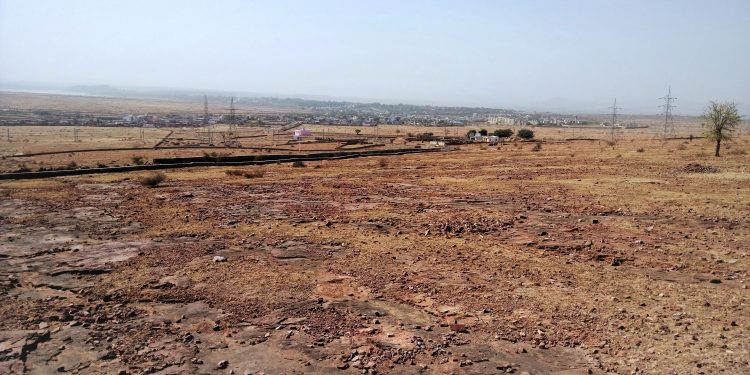Tribals v/s Foxconn: What Is The Cost Of Development?

Introduction
When the government begins to seize lands from their rightful owners, where does the need for development stop?
The recent decision of the Maharashtra Government to divert 460 hectares of tribal land on the outskirts of Mumbai for development, to Taiwanese phone manufacturer Foxconn has sparked outrage amongst the locals.
What Happened
Initially acquired in the 1960s for a subsequently unsuccessful dairy building project, the land has been lying unclaimed until recently. Some of the original owners have even taken to disregarding the change in ownership and continued their farming activities.
Despite the completion of two years on August 8, 2017, of the signing of a Memorandum of Understanding (MoU) with the state government, Foxconn still hasn’t revealed its business plan for its US$5 billion investment, fixed a site for the manufacturing plant or submitted a proposal in writing for the land acquisition. Left hanging, the government came to a decision by itself that the firm will find Palghar a property closer to Mumbai and hence more convenient for its operations than the ones in Talegaon and Khopoli.
Meanwhile, in order to facilitate the proposed Delhi-Mumbai Industrial Corridor (DMIC), a recent Maharashtra government notification empowers the state government to acquire tribal land for industrial development without seeking any nod from the gram sabha.
Who Cares?
All of the above has resulted in enraged tribals who demand with boiling blood, the return of their lands. Having already been let down once by the government, they are unwilling to place their trust in it once more. Many of their forefathers had been promised employment opportunities for the next 3 generations of their families. None of this materialised. Additionally, they are afraid that the entrance of industries will pollute their natural surroundings, depriving them of the only source of income they have left- farming.
The gram panchayat of Vankas has passed a resolution opposing industrial development and demanding that the state government either implement the dairy project as planned or return the land parcels to the families they originally belonged to.
Conclusion
Despite sympathizing with the tribals, I side with the Government as their decision leads to greater development and will ultimately benefit the locals themselves.
“The development of industries in the (tribal district) of Palghar will benefit the local population and result in an all-round growth of the region,” states the government resolution, signed by Ashok Uike, deputy secretary (Dairy Development).
I do, however, believe a better means of implementation could have been followed. Rather than acquiring the lands from the people, the State could have leased it out from them, thus providing them with an additional source of revenue. Although development is necessary, the words of the minority should also be listened to and adequate compensation ought to be provided for the losses being faced by them. Unless they are satisfied with the end result, the tribals will always hold a grudge against the government and stand in the way of the development of the country.




